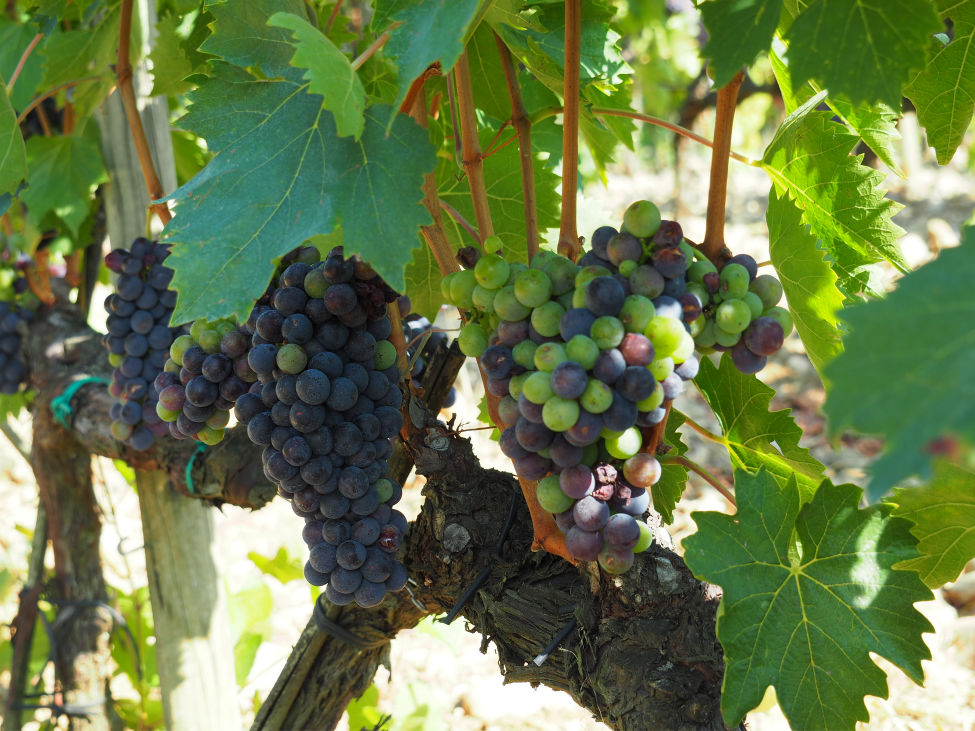Enculturating Generosity is the Long Term Stewardship Strategy

It has long been my frustration in leading a consulting firm that focuses on financial resource development to engage faith communities that ask “how will your program help us increase our giving?” It’s not that I don’t understand why the question is asked. Instead, it’s the mindset behind the question that is the problem.
As faith communities continue to struggle with gathering the necessary financial resources to drive their mission forward the mindset is still driven by the search for that sure fire program that will solve their financial needs. There are a number of these “programs” that lift up the promise of transforming your culture of generosity. They even offer money back guarantees if certain levels of growth don’t occur.
Here are the problems with this mindset. 1) There is no program that brings long term, sustainable transformation to a culture of generosity. Cultures do not change because of a program. 2) Resource development is precisely that, development. It is NOT fundraising.
Let me tackle the first point: Cultures do not change because of a program. What I have learned over my decades of working with faith communities is that any hope for a stewardship program ensuring long term, sustainable impact is a false one. This doesn’t mean they are bad. It simply means that programs are what they are, short term actions designed to garnish quick response. Consecration Sundays, Fall Stewardship Initiatives, Year Round Stewardship Programs, etc., all are designed for immediate response or action. The capacity for these programs to generate a more sustainable cultural impact is minimal at best. Again, this isn’t bad, you simply need to manage expectations as they are implemented.
The second point is similar, resource development is NOT fund raising. Most faith communities employ tactics more oriented around fund raising, instead of seeing the long term strategy of developing resources. They are very different. Fund raising can be very transactional. You are invited to give in order to receive, or simply give because you can. Girl Scouts, Salvation Army, Cancer Research, Sports Clubs, and numerous other organizations all do this. Fund raising is important and essential for these organizations, but it isn’t resource development.
This is where the idea of enculturating generosity comes into play. Resource development is focused mostly on relationship development. Establishing trust, respect and value for the person before ever addressing the need for resources. In addition, this development work is about honoring the person where they are at, not where you would like them to be. Growing in your own generosity is a life long adventure. Being engaged around this in transactional ways doesn’t go very far in helping one grow in the understanding of being generous. It simply becomes about acquiring the money.
Faith communities would benefit tremendously if they could have the long view regarding nurturing and developing cultures of generosity. As long as these communities keep implementing the hoped for turn around stewardship program to address their financial needs, they will continue to be looking for the next program that is finally going to work. There isn’t one. What there is, is an approach that sees this work as life long, never ending and always in play. Enculturating generosity is about living, modeling, growing, encouraging, discussing, relating and acting out of this way of being. Programs might be a part of this, but when they are seen as the end all to the challenge, they fall far short of the hoped for outcomes.
Faith community leaders are often too anxious, nervous and impatient for this kind of work. However, to do otherwise is even more anxiety producing because you are constantly looking for that next quick fix, transformational program that gets it done, but never really does. We all know the saying, “patience is a virtue”. It is a saying because it is true. Growing a generous culture is a long haul enterprise. No short term fix brings about long term outcomes. That’s why they are called short term fixes. Enculturating generosity is a never ending, lifelong adventure. When done well, it really is transforming and life changing.
I met with an elderly woman who was a member of the church I served in the Twin Cities. She was 100 years old and had been a member of this church most of her life. While I was visiting with her I wanted to let her know how grateful I was, as well as the people of her church, for her inspired modeling of generosity over the years. Even though she was homebound, she never forgot to send in her gifts, and always was the first to respond when special requests were made. After I shared my appreciation with her she looked up and me and said, “Oh, Pastor Jeff, it’s just what you do, give it away.” That, my friends, is what enculturating generosity looks like. Making it so engrained and natural to how we live it simply is what we do.
